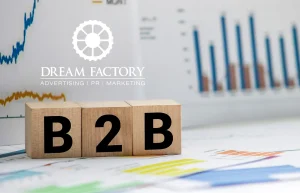THE PSYCHOLOGICAL FACTORS THAT INFLUENCE GREAT WEBSITE DESIGN

If you want to stand out from the crowd, you must use best practices for web design. While many people understand best practices for web design, not everyone understands how those practices interact with the human mind. Experts in the field understand that it is more than just having a visually appealing website. A good website development and design company should have knowledge of the psychology of creating great websites—the factors that will subconsciously attract and engage visitors.
While great images and appealing design are important, it is equally important to take your design ideas a step further by understanding how various elements influence the human psyche. Good website design firms discuss design psychology with their clients. Those with expertise in the field are always thinking about how certain site elements will influence people to take, or not take, certain actions. According to web design psychology, colors, spacing in the design, and even typeface can all affect a viewer’s mood. These elements, along with emotional elements, are used in web design to give viewers impressions and feelings about your company and product.
People respond better when they believe things are directed specifically at them. Personalized content that speaks directly to users—for example, using the word “you”—and discusses their specific areas of interest gives many consumers a positive, friendly feeling that builds trust in your brand. How do you feel when you look at a crowded webpage? Most visitors will be turned off by how chaotic and disorganized it appears. On the other hand, one with little content or unflattering design elements appears flimsy and insubstantial. It’s critical to find the right balance between pleasing design and content saturation, then balance both to generate positive feelings from visitors.
A smart website design and development company places elements on pages to direct the reader’s attention to the design element you want them to focus on, which is usually a link to another page or a call-to-action button. Declaring what you want visitors to do is a simple but often overlooked guiding element. It’s exactly what it sounds like: it tells people what they should do next as they navigate your site. Furthermore, different typefaces elicit different associations. Take a look at the New York Times masthead, which uses an Old English font that conveys trust and authority. Sans serif fonts have a sleek and modern appearance. Comic Sans encourages levity and fun. They are typically used on sites geared toward younger audiences. Knowing your brand and who your target audience is will help you choose the best font for your website.
If you’re looking to update your website, these are some of the tried-and-true psychological approaches that any reputable website design and development company will incorporate into the scope of your project.





